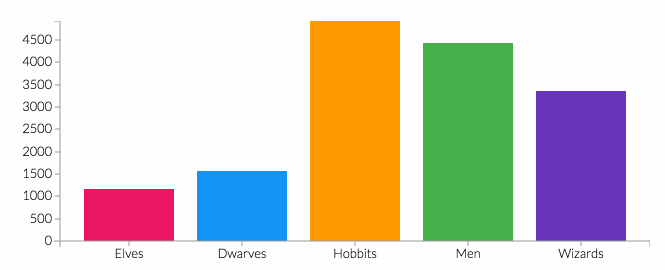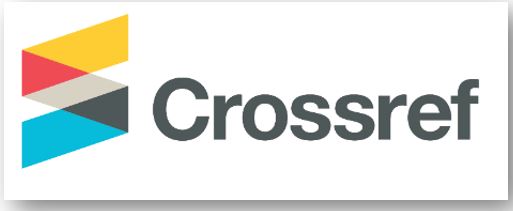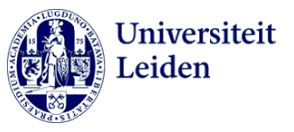Leadership and Employee Productivity at The Galatta Lestarindo Fertilizer Company
DOI:
https://doi.org/10.61231/miftah.v1i1.75Keywords:
Leadership, productivity, quality of work, performanceAbstract
The purpose of this study was to determine the positive and significant influence of leadership on employee work productivity at the fertilizer company Galatta Lestarindo. The collection method is through interviews and submission of questions by means of a questionnaire involving 25 respondents. Analysis tools in the form of correlation and regression as well as data processing with SPSS software. The results showed a correlation coefficient of 0.714, an R Square value of 0.510 meaning that 51% of changes that occur in productivity can be explained by leadership. Correlation value of 0.714 has a positive and significant relationship between leadership and employee work productivity at the fertilizer company Galatta Lestarindo
References
Arikunto, Suharsimi, 1998. Prosedur Penelitian Suatu Pendekatan Praktek Edisi Revisi IV. Jakarta: Rineka Cipta.
As’ad, Moh. S.U. 1995. “Seri Ilmu Sumber Daya Manusia Psikologi Industri Edisi Ke-empat”. Yogyakarta: Liberty.
Daryanto S.S. 1997. Kamus Bahasa Indonesia Lengkap, Surabaya: Apollo
Dharma, Agus, 1990. Manajemen Prestasi Kerja Bagi Para Penyelia Untuk Meningkatkan Prestasi Kerja. Jakarta: CV. Radjawali.
Hartono, Sri Rejeki, 2000. Kapita Selekta Hukum Ekonomi. Bandung: Mandar Maju.
Hasibuan, Malayu, 1994. Manajemen Sumber Daya Manusia Dasar dan Kunci Keberhasilan. Jakarta: Yayasan Masagung
Ivancevich Robert Konopaske and Michael T. Matteson. (2008). Organizational Behaviour and Management, Eight Edition. International Edition. McGraw-Hill/Irwin.
Jacob and Jacques. (2008). The Relationship Among Principal Leadership, School Culture, and Student Achievment In Missouri Midle Schools. University of Missouri.
Kreitner, R. and A. K. (2008). Organizational Behaviour (Eight Edit). McGraw-Hill/Irwin.
Reksohadiprodjo, Sukanto dan Handoko, T Hani, 1990. “Organisasi Perusahaan, Teori Struktural dan Perilaku”. BPFE Yogyakarta.
Robbins, S. P. (2006). Teori Organisasi?: Struktur Desain dan Aplikasi ( Alih Bahasa?: Yusuf Udaya ). Arcan.
Terry,George R, 1992. Dasar-Dasar Manajemen. Jakarta: Bumi Aksara.
Singodimedjo, Markum dkk, 2000. Manajemen Sumber Daya Manusia. Surabaya: SMMAS
T. Hani Handoko, 2000. Dasar-Dasar Manajemen Produksi Dan Operasi Edisi I, Yogyakarta: BPFE
Ulum, Miftachul, A. M. (2023). Leadership and Performance of Teachers and Employees of SMK Sunan Drajat Lamongan. Multidisciplinary Journal of Education , Economic and Culture, 1(1), 1–12.
Ulum, M. (2013). Mahir Analisa Data SPSS Statistical Product, Service Solution. Ghaneswara Yogyakarta.
Ulum, M. (2020). Basic Statistic With Statistical Package for Social Sciences. In CV Pustaka Ilalang Lamongan.
Downloads
Published
How to Cite
Issue
Section
License
Copyright (c) 2023 Khuzrotun Nusfiyah, Rahmah Salsabila Al Maghfuri

This work is licensed under a Creative Commons Attribution 4.0 International License.
You are free to:
- Share — copy and redistribute the material in any medium or format for any purpose, even commercially.
- Adapt — remix, transform, and build upon the material for any purpose, even commercially.
- The licensor cannot revoke these freedoms as long as you follow the license terms.
Under the following terms:
- Attribution — You must give appropriate credit , provide a link to the license, and indicate if changes were made . You may do so in any reasonable manner, but not in any way that suggests the licensor endorses you or your use.
- No additional restrictions — You may not apply legal terms or technological measures that legally restrict others from doing anything the license permits.
Notices:
You do not have to comply with the license for elements of the material in the public domain or where your use is permitted by an applicable exception or limitation .
No warranties are given. The license may not give you all of the permissions necessary for your intended use. For example, other rights such as publicity, privacy, or moral rights may limit how you use the material.

















